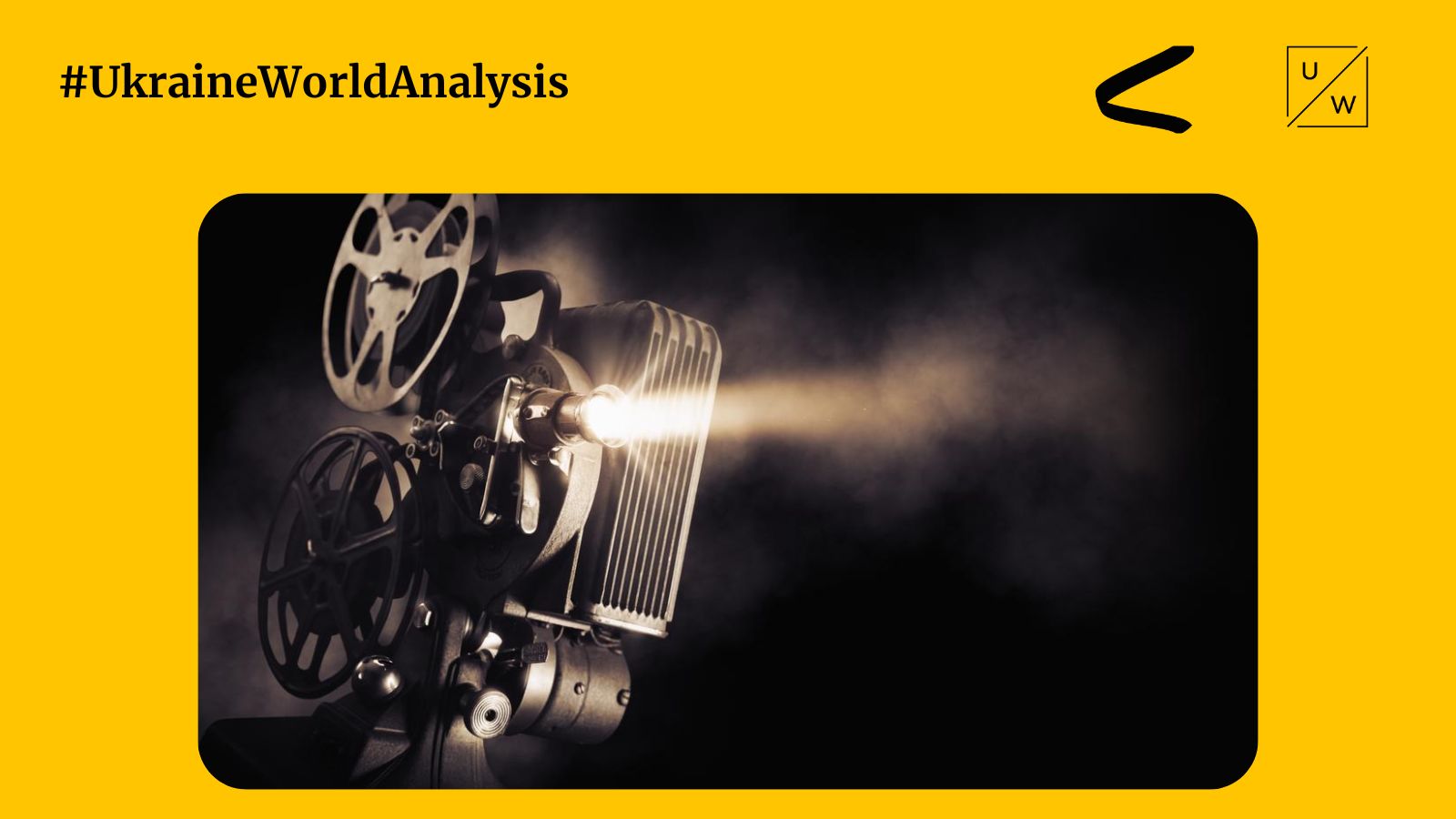
For more than a year and a half, Ukraine has been in the headlines because of the war. But Ukraine is more than its fight against Russia – it is also a nation of talented people and culture.
UkraineWorld spoke with Ukrainian film producer Nadia Parfan about the film industry in Ukraine, its struggles, inspirations, and masterpieces. Learn more about current developments in Ukraine’s film industry and about must-watch Ukrainian movies in our 2-part analysis.
War is always a time of crisis for a society, and it is highly relevant to culture and cinema. Once the full-scale invasion began, large-scale film production in Ukraine almost stopped. A lot of processes are frozen.
Film production is a human resource-intensive field, since people are its biggest asset. The full-scale invasion caused a serious talent shortage, because a lot of filmmakers are in the armed forces now. Many others had to leave Ukraine to evacuate themselves and their families. This shortage of professionals in the field is a big problem.
Regarding actual production, a lot of foreign productions are working in Ukraine, especially in the documentary and reportage fields, which is a fine line between cinema and journalism.
Even though it’s different from classical film production, a lot of Ukrainian filmmakers have started working as fixers and field producers for foreign media groups, from big channels like the BBC to smaller publications and radio stations from all over the world.
Ukrainian professionals from the film industry are needed there, and they are naturally brought on because they know how to do the work, but became unemployed as a result of the war.
However, some people have remained as filmmakers. This is mostly the case for those in the documentary field and some small-scale independent productions. There’s a boom in documentary projects.
The desire to document events and tell real stories is the first natural reaction to what’s going on in Ukraine.
War is a big drama, and people become heroes, heroines, characters, and protagonists. Thus, there’s a story at every corner, and both international and local creators are telling those stories.
Our company, Phalanstery Films, is working on a project called Another Man’s Diary. It is the story of a pacifist and artist from Odesa who joined Ukrainian army and became a commander of a battalion.
It shows the fundamental transformation of a peaceful civilian into a defender. It’s told in the first person. It’s a diary-based project. The producer of the project is Illia Gladshtein, and the director is Oleksandr Tkachenko.
Another trend in the Ukrainian film industry development these days is international collaboration. Filmmakers are trying to find partners and move some post-productions abroad, and perhaps have co-producers. This can be explained by the difficulties caused by blackouts, constant shelling, and safety issues.
Despite the challenges facing it, the film industry in Ukraine is gradually integrating into the European market.
There are new opportunities to cooperate with Europeans and show them that Ukrainians have talented people and interesting ideas. This trend started before the full-scale invasion. But since February 24, 2022, we have seen a dramatic change in attitudes.
The world has become interested in Ukraine, and Ukrainian filmmakers have gotten the chance to speak on behalf of the whole nation about our experiences.
This is also the result of efforts taken by Ukrainian filmmakers since 2014, since the development of the film industry is a long-term process.
The average cycle of production of a feature film, whether a documentary or fiction, is 3-5 years. Things don’t happen instantly. 2014-2019 was a time of big growth and renaissance of Ukrainian cinema.
Europe is also making efforts to help the industry. There’s an international relief fund created by European countries to support some Ukrainian productions.
And there have been some efforts to employ Ukrainian film professionals. On a personal level, there’s a lot of solidarity and support, which is also important.
